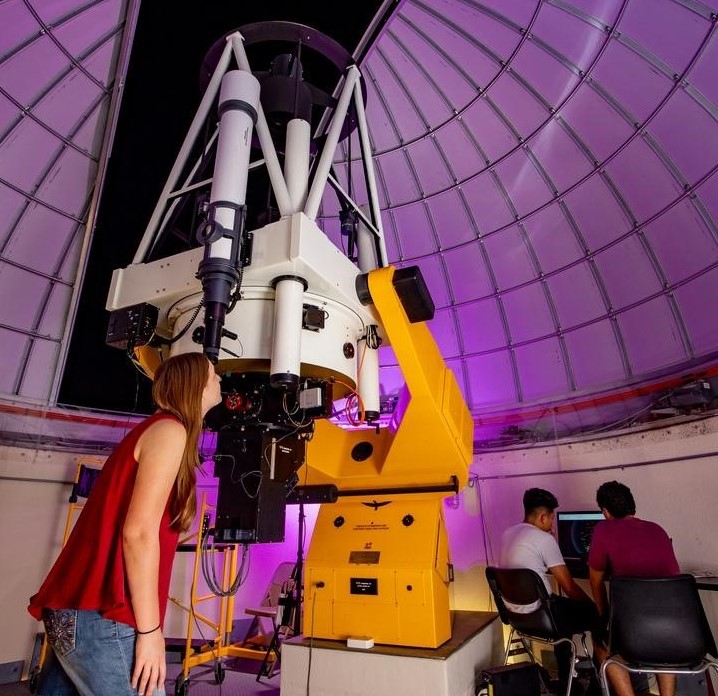Document Type
Article
Publication Title
Journal of High Energy Physics
Abstract
A search is performed for pair-produced spin-3/2 excited top quarks (t∗t¯∗)" role="presentation" style="box-sizing: inherit; display: inline-block; line-height: normal; font-size: 16.7111px; word-spacing: normal; overflow-wrap: normal; text-wrap: nowrap; float: none; direction: ltr; max-width: none; max-height: none; min-width: 0px; min-height: 0px; border: 0px; padding: 0px; margin: 0px; position: relative;">(t∗t¯∗), each decaying to a top quark and a gluon. The search uses data collected with the CMS detector from pp collisions at a center-of-mass energy of s" role="presentation" style="box-sizing: inherit; display: inline-block; line-height: normal; font-size: 16.7111px; word-spacing: normal; overflow-wrap: normal; text-wrap: nowrap; float: none; direction: ltr; max-width: none; max-height: none; min-width: 0px; min-height: 0px; border: 0px; padding: 0px; margin: 0px; position: relative;">� = 8 TeV, selecting events that have a single isolated muon or electron, an imbalance in transverse momentum, and at least six jets, of which one must be compatible with originating from the fragmentation of a b quark. The data, corresponding to an integrated luminosity of 19.5 fb−1, show no significant excess over standard model predictions, and provide a lower limit of 803 GeV at 95% confidence on the mass of the spin-3/2 t* quark in an extension of the Randall-Sundrum model, assuming a 100% branching fraction of its decay into a top quark and a gluon. This is the first search for a spin-3/2 excited top quark performed at the LHC.
DOI
10.1007/JHEP06(2014)125
Publication Date
2014
Recommended Citation
The CMS collaboration., Chatrchyan, S., Khachatryan, V. et al. Search for pair production of excited top quarks in the lepton + jets final state. J. High Energ. Phys. 2014, 125 (2014). https://doi.org/10.1007/JHEP06(2014)125


